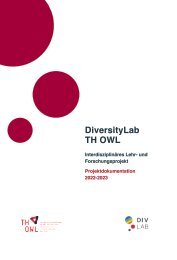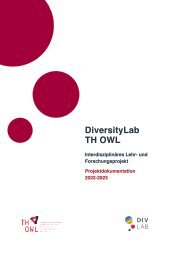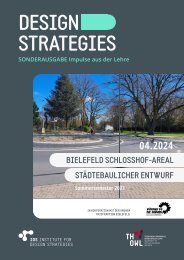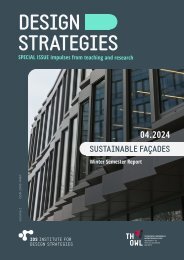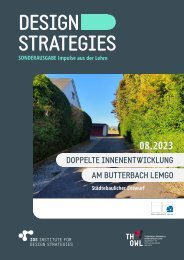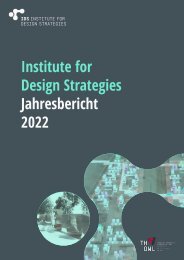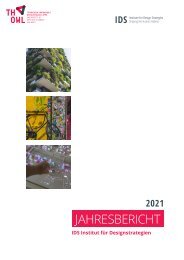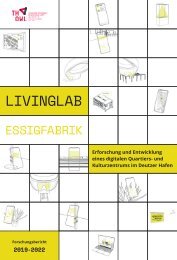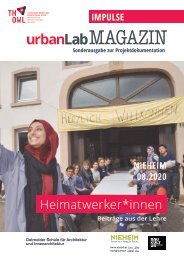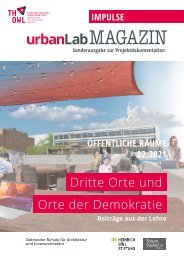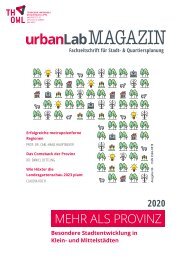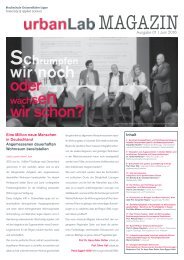urbanLab Magazin 2021 - Transformation
Sie wollen auch ein ePaper? Erhöhen Sie die Reichweite Ihrer Titel.
YUMPU macht aus Druck-PDFs automatisch weboptimierte ePaper, die Google liebt.
Fig. 1: In the architectural design process, multidisciplinary approaches are taken into<br />
account: the structural solution of the vaults, the perceptual aspects of the concert halls,<br />
or the urban connectivity to the city. Jorn Utzon, Sydney Opera House. (Own illustration)<br />
WHAT IS THE MATTER?<br />
Up to the date, there is no a defined way<br />
to bridge (a) the perception of the architectural<br />
space by users and (b) the spatial<br />
properties of the architect’s design.<br />
In other words, the architect still misses<br />
– in most of the cases – the feedback of<br />
the user of buildings in order to modify<br />
his/her design. This normally leads to<br />
problems such as unsatisfying experiences<br />
for users, budget increase with<br />
rehabilitations and adaptations of the<br />
building, or waste of efforts for the architect.<br />
The final goal of this [PAAD initiative]<br />
research proposal is to elaborate a<br />
method which categorizes the architectural<br />
design based on: (a) the vocabulary<br />
describing the spatial perception from<br />
both architects and users and, (b) a set<br />
of already existing metrics describing<br />
the properties of the space -in terms<br />
of geometry, visuals, acoustics, etc.<br />
The built environment is exposed to the<br />
judgement of everybody: from those<br />
who already used the building, or those<br />
who never stepped on the building<br />
floor, those who only saw a previsualization<br />
of what is going to be built, or from<br />
those who only see its plans and drawings.<br />
The built environment ranges from<br />
the city to the domestic space. Therefore,<br />
the community of judgers is composed<br />
of, primarily, the building designers<br />
on one hand, and the building users on<br />
the other; in both modalities of inhabitants<br />
and visiting; judging already existing<br />
buildings or still in plan. Then, the<br />
collection of judgers altogether emits<br />
an evaluation of architecture which impacts<br />
on several aspects of the building<br />
environment. The formal judgement of<br />
architectural designs is gaining popularity<br />
in specific situations. Particularly,<br />
Fig. 2: The education curriculum of architecture students also shows the multiplicity of disciplines<br />
involved. As an example, this is my own curriculum: a collage of multidisciplinary appraches. Time runs<br />
in the horizontal axis, while involved institutions are listed in the vertical axis. (Own illustration)<br />
HUMAN CENTERED DESIGN<br />
67




